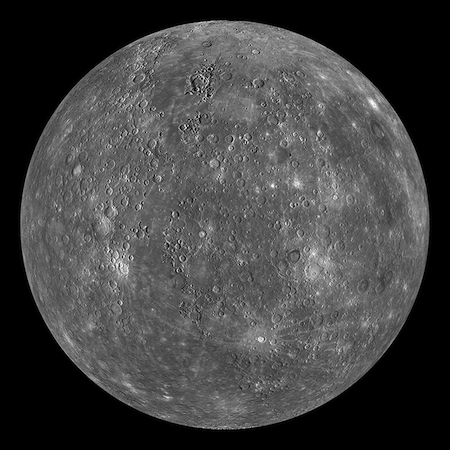What is the order of the solar system?
What is the solar system?
Mercury, Venus, Earth, Mars - asteroid belt - Jupiter, Saturn, Uranus, and Neptune
Definition: the collection of eight planets and their moons in orbit around the sun, together with smaller bodies in the form of asteroids, meteoroids, and comets.
What is the galaxy?
gravitationally bound system of stars, stellar remnants, interstellar gas, dust, and dark matter
What is an Astronaut?
someone who has undergone specific training to fly into space
What is the definition of a rocket?
spacecraft, aircraft, vehicle, or projectile that obtains thrust from a rocket engine
Name the mnemonic device learned for the order of the Solar System
My Very Educated Mother Just Served Us Nachos
Activity: All About a Planet
Tell me name of your planet and 3 things that describe it.
Answers varies
What are the 3 types of Galaxies? Describe the difference between each one
Spiral: typically has a rotating disc with spiral 'arms' that curve out from a dense central region = ARMS
Elliptical: a type of galaxy with an approximately ellipsoidal shape and a smooth, nearly featureless image. = ROUND
Irregular: a galaxy that does not have a distinct regular shape. = NO SHAPE
What are some of the requirements for an astronaut to travel into space?
Studied science in college
Young adult or adult
Learn more about beyond our planet
Spend weeks, months, and/or a year
Go through a special physical check-up to stay healthy where there is no gravity
Name the 4 types of rockets
Solid - Fuel Rocket
Liquid - Fuel Rocket
Ion Rocket
Plasma Rocket
Activity: Straw and Balloon Rocket
Tell me the following...
What did you find interesting for one and/or both activities?
What do you think you can do differently so that your straw rocket goes farther?
Responses vary
 Identify the planet and 2 characteristics.
Identify the planet and 2 characteristics.
 Identify the planet and 2 characteristics.
Identify the planet and 2 characteristics.
Jupiter - biggest planet and has an eye storm
Mercury - closest to the Sun and its color is gray
How many years does it take the Sun to orbit the center of the galaxy?
Hundred million years
Why is it important the job of an astronaut?
eyes and ears for us on Earth to share information about the happenings in outer space
maintenance and health of the orbiting platform.
Crew members are constantly checking support systems and cleaning filters, updating computer equipment
What are the 4 major parts of a rocket? Describe each one.
Structural System: Frame that holds it together
Payload System: depends on mission
Guidance System: computers, radars, and communication to maneuver rocket in flight
Propulsion System: Take most amount of space
What is the name of our galaxy? Within which galaxy do we belong to?
The Milkyway Galaxy and in the Spiral Galaxy
Name the Inner Planets and describe their commonality
Name the Outer Planets and describe their commonality
Mercury, Venus, Earth, and Mars: mostly made of rocks
Jupiter, Saturn, Uranus, and Neptune: large balls of gas with rings around them
What is it called when the Sun orbits the center of the galaxy?
The Galactic year
Name and describe the 4 main equipment's used by an astronaut.
Space suits: protect them from danger in space
Gloves: protect astronauts from the space environment and are made so spacewalkers can move their fingers as easily as possible
Helmet: provide ventilation system which gives oxygen, protect from sun rays
Communication: talk with other astronauts
What is thrust?
forward or upward force produced by the engines of a plane or rocket
What is one thing you found interesting as we learned and explored about space? Explain.
Responses vary
Define the Asteroid belt.
Why is it important in the solar system?
a torus-shaped region in the Solar System, located between the orbits of the planets Jupiter and Mars
source of most of the asteroids that pass near the Earth, and therefore pose a potential danger to life on the planet, and particularly to human structures.
a person who studies about the universe is called
An astronomer
What are some discoveries made by the astronauts?
Bonus (+5points): what does NASA stand for?
Responses vary
National Aeronautics and Space Administration
What is Newton's 3rd Law of Motion?
for every action, there is an equal and opposite reaction
Who was the 1st astronaut to set foot on the moon?
Neil Armstrong